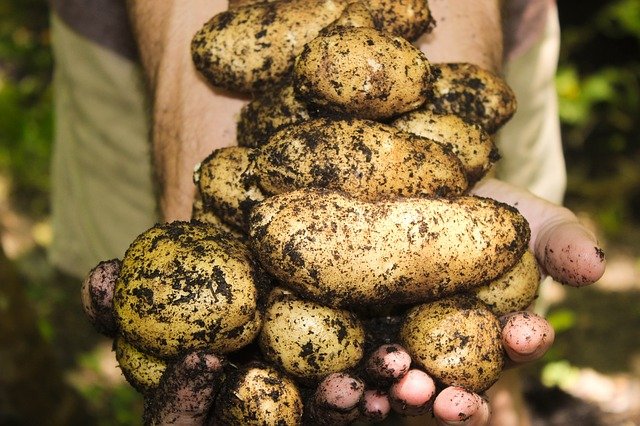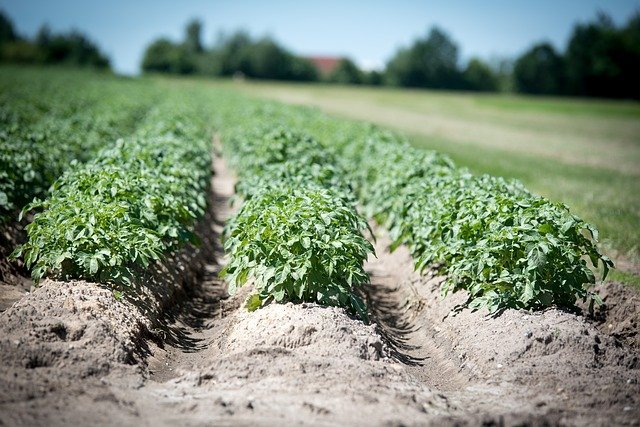Potatoesare the most important agricultural crops. It is popular for its unpretentiousness to natural conditions. At the beginning of the 19th century, potatoes protected Europe from famine and Kurds. With the exception of edible tubers, whole potato plantsare toxic.

watch out for her.
But at temperatures above 170 ° C, these substances partially decompose. They occur in flower-like earthly parts. Tubers are also above the surface, and if they are exposed to light, the highest concentration of alkaloids is under the skin of these tubers.
Potato tubers in the light also turn green. Overdose can lead to fatal poisoning or may not. But poisoning with potatoes practically does not happen.
Contains potatoes:
*Dry matter, starch
· Soluble sugar
· Protein
· Citric acid
· Polyphenols
· Mineral substances such as Mg, Fe, Zn, Cu, Mn, P, I, Ni, Ca, K, etc.
· Vitamins C, B1, B2, K1 and PP
· Carbohydrates

History of potatoes
Potatoes mean toIncaAztec corn and a similar gift of heaven. The Incas either consumed potatoes directly or stored them in the form of dry powder. They also prepared from them an alcoholic beverage chacha, similar to beer. Potatoes were also usedfor medicinal purposes. How important potatoes were to the Incas is indicated by the presence of several potato gods.
When the Spaniards conquered the Inca Empire in the first half of the 16th century, in addition to a large amount of gold and silver, potatoes also traveled to Europe. Later, Spanish sailors used potatoes as a staple food on the voyage, because potatoes helped prevent scurvy.
Eggplant potatoes were initially accepted in Europe with distrust and concern. This plant was considered a pagan and non-Christian crop. For Puritan Europe, it was a dirty, health-threatening crop. Sometimes they were used not only as decorative exotic plants in the court of kings, but also in the gardens of monasteries.
However, doctors had already prescribed them as a cure for many diseases, such as diarrhea and tuberculosis. They were also used as aphrodisiacs.
.
